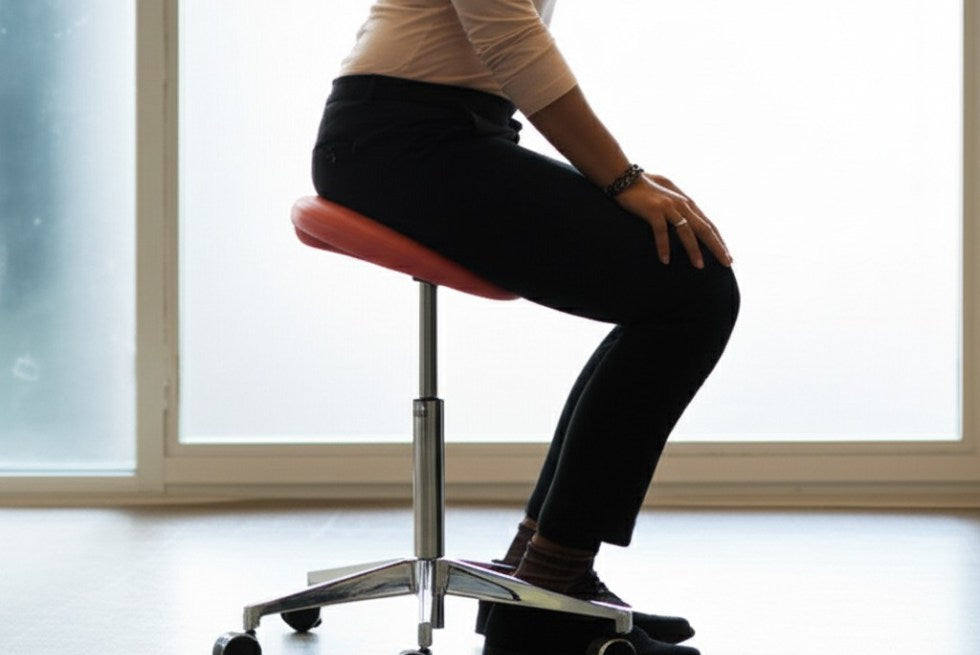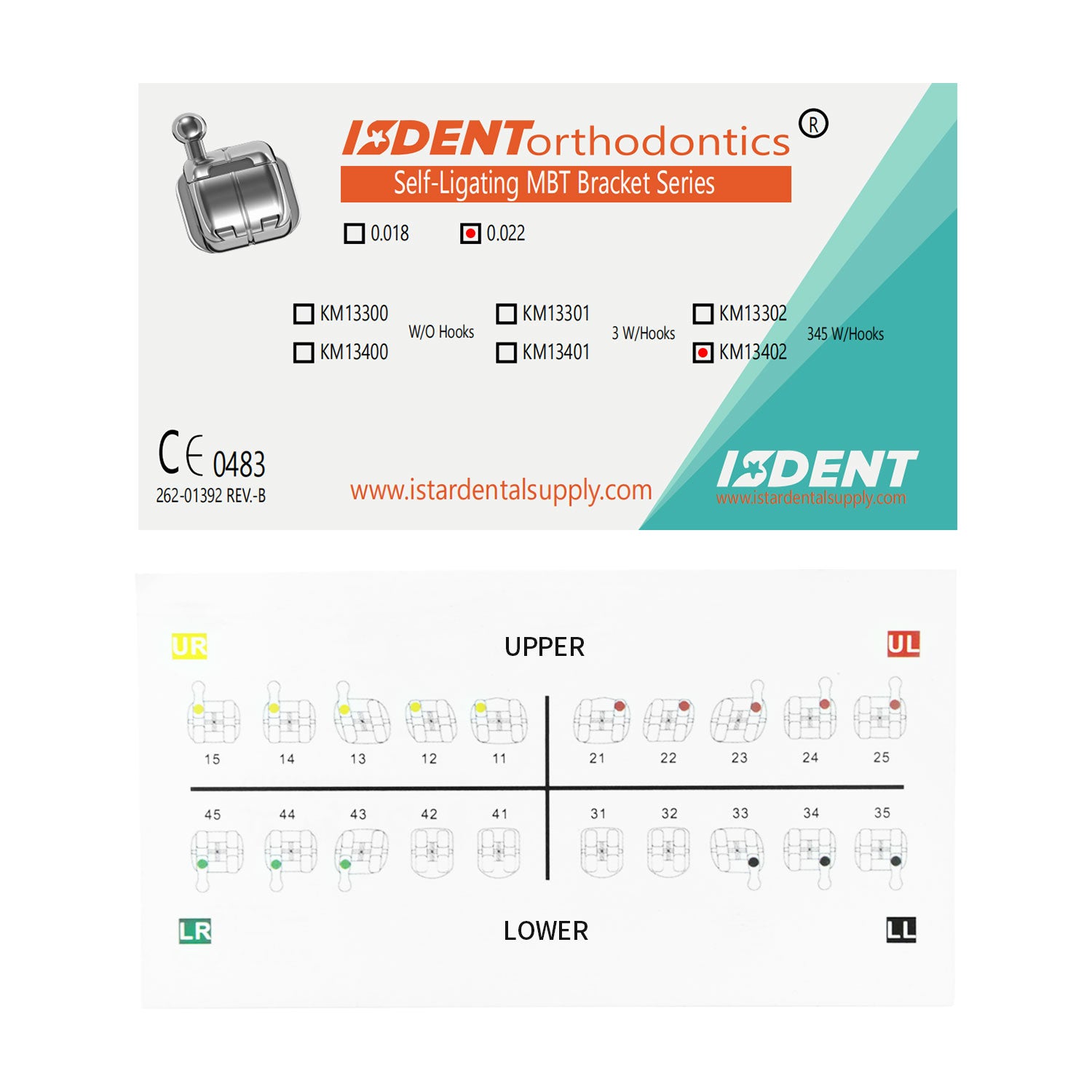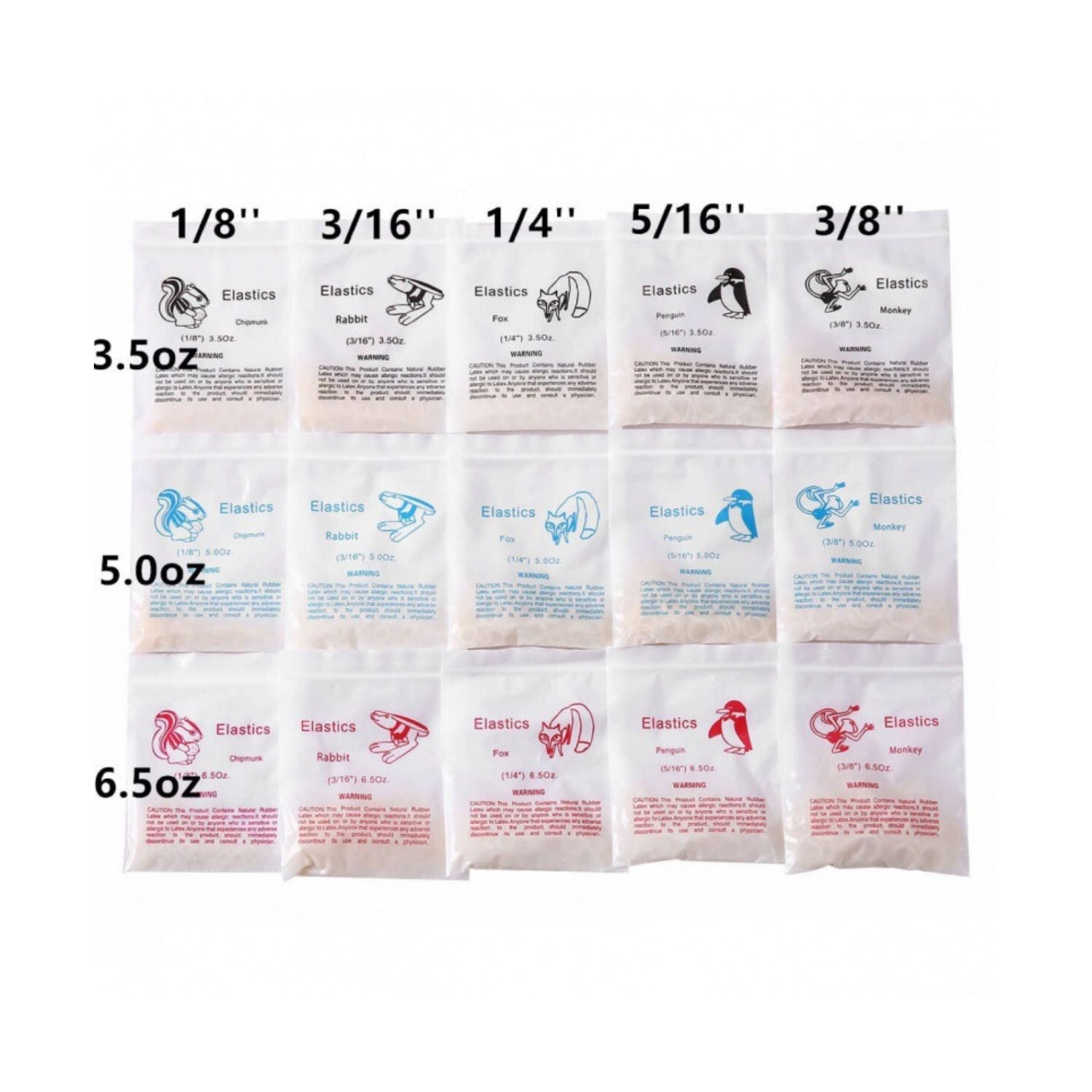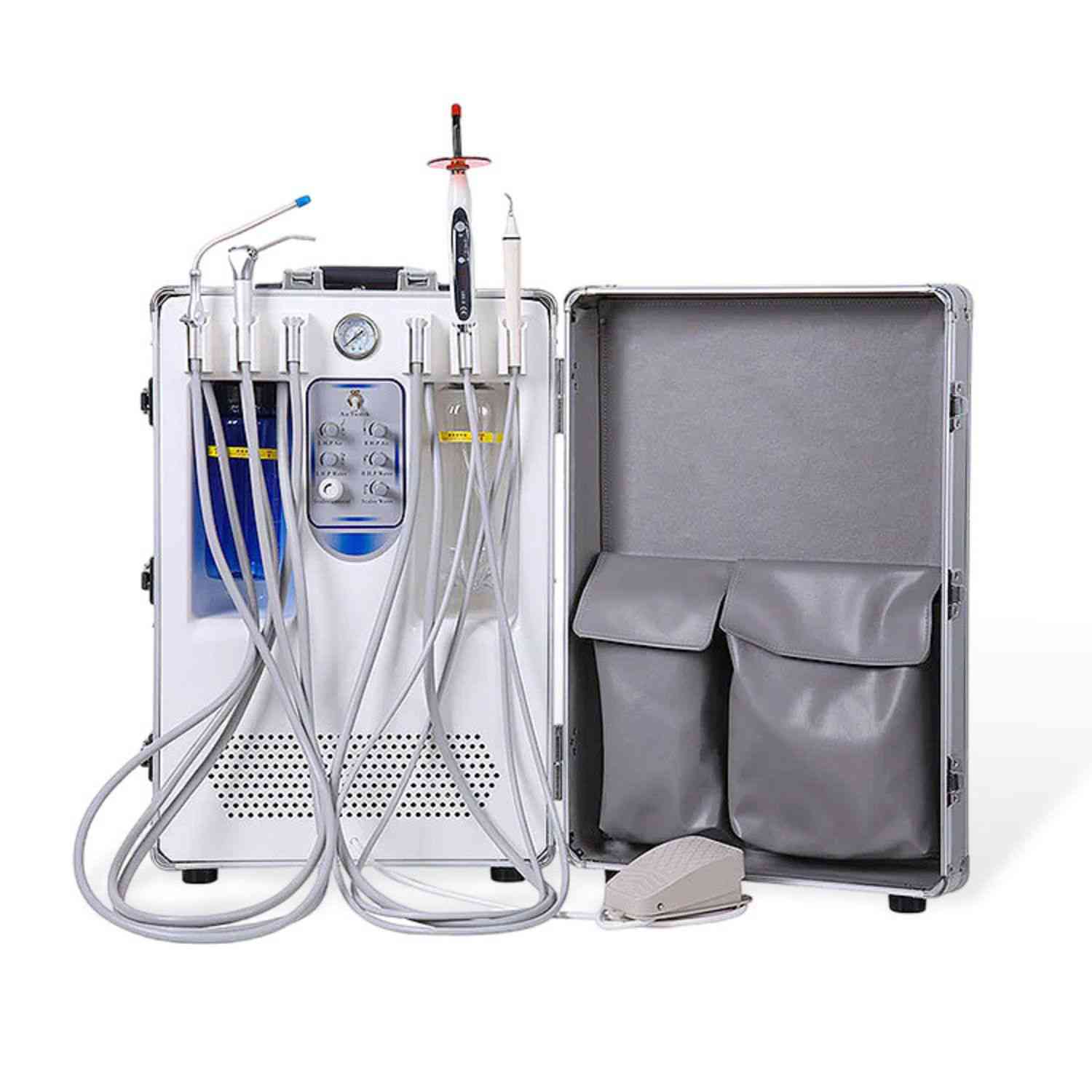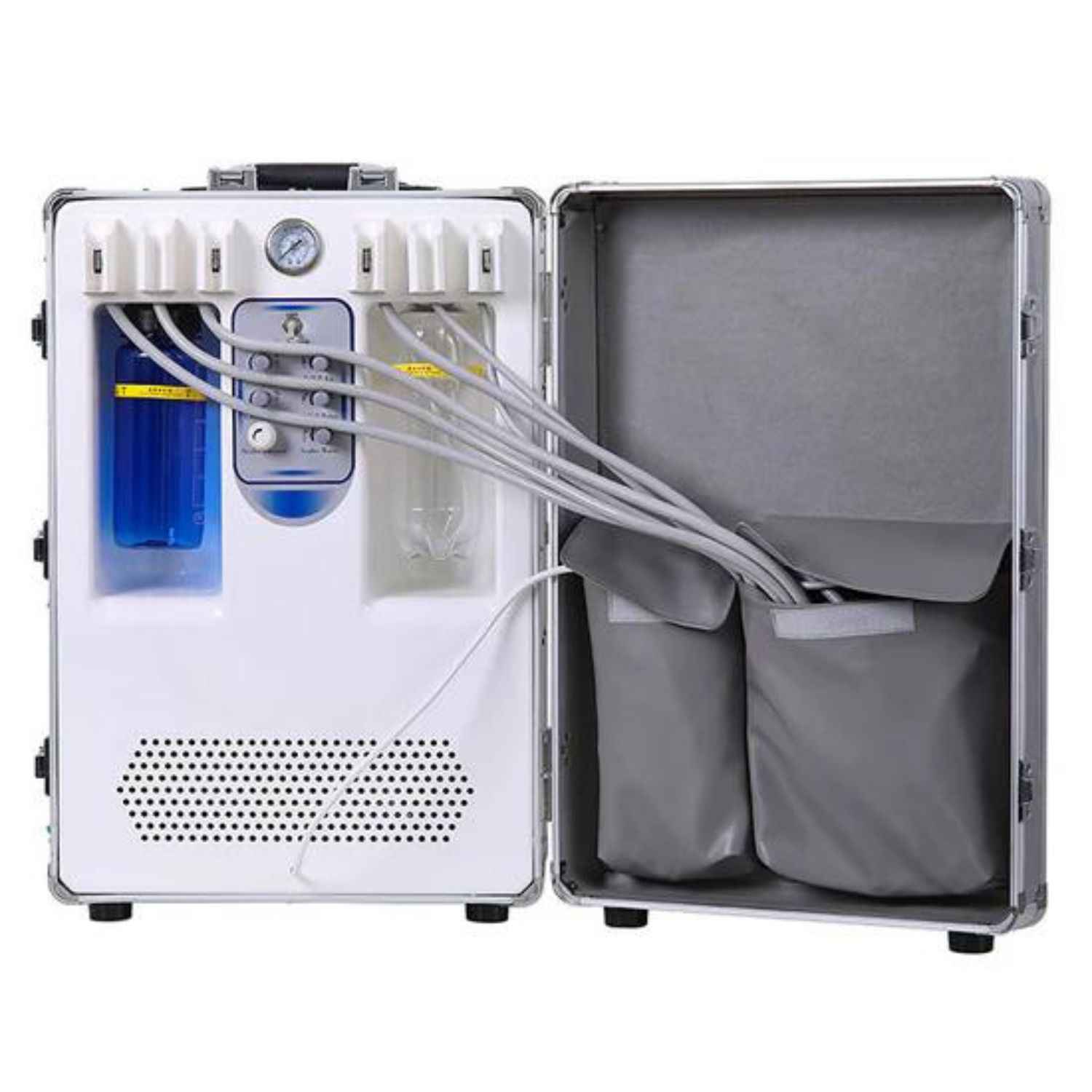My Guide to Perfect Posture: Mastering Sitting on a Saddle Stool
This article will show you exactly how to set up and use saddle chairs. You will learn the right way for sitting on a saddle to fix your posture and feel better every single day. This is the secret to comfortable and healthy sitting.
Why Should You Even Consider a Saddle Stool?
Why anyone would choose a chair that looks like a horse's saddle? The answer is simple: your health. When you sit in a traditional chair, what happens? You lean back, you cross your legs, you slouch. Your lower back loses its natural shape. Over time, this often results in a slouched posture and chronic pain. The design of a standard office chair almost encourages this bad habit because the back is often rounded when you relax into it.
A saddle stool changes the entire game. It’s a core idea in health by design. Instead of letting you slump, the unique shape of the saddle puts your body into an active and healthy sitting position. This type of saddle forces your pelvis to be in a more natural, upright position. You sit higher, with your legs apart, much like riding a horse. This one change can have a huge impact on your spine and overall well-being.
What's the First Step When Adjusting Your Saddle Stool?
Getting started is easy, but you have to do it right. The very first thing you need to do when adjusting your saddle stool is to set the height. Don't even sit on it yet. Stand right next to your saddle stool. Now, look at the highest point of the saddle seat. You want to adjust it so that it comes to just below your inseam, or about four inches below your hip bone.
Most saddle chairs have a lever under the seat to change the height. My advice is to pull the lever and raise the chair higher than you think you need it. Then, while still standing, press the lever again and lower the chair slowly. Stop when the highest point of the saddle is at that perfect spot. This is the foundation. If you get this first step right as you adjust your saddle, everything else will be much easier.
How Do You Find the Correct Height for Your Saddle?
Once you have that starting height, it’s time to sit on the saddle and fine-tune it. When you sit down, your feet must be flat and firmly on the floor. Now, look at your knees. You are not aiming for a 90-degree angle like in a normal chair. Instead, you want about a 135 degrees angle at your knees. This means your thigh will be pointing down towards the floor. This is the correct height.
This wide, open hip angle is the magic of the saddle. It allows your pelvis to remain in a neutral position, just like when you are standing. This prevents the unhealthy rounding of the back that causes so much strain. Getting the seat height perfect is the most important part of setting up your saddle. A properly adjusted saddle should feel comfortable and supportive from the moment you sit down. This position protects your lower back.
How Should You Adjust the Seat Tilt on Your Saddle Stool?
The next big adjustment is the seat tilt. Most good quality saddle chairs, like a Salli Saddle Chair, will have a second lever that controls the tilt of the seat. This feature is not just for show; it is vital for perfect posture. The seat tilt function lets you rotate the saddle seat forward or backward. This directly changes the angle of your pelvis.
Your goal is to find a tilt that helps you maintain the natural curve in your lower back. For most people, including me, a slightly forward tilt is the best position. When you tilt the saddle forward a little, it encourages your pelvis forward and keeps your spine aligned. This also takes pressure off sensitive areas like the genital area. This adjustment enables you to tilt your body into the ideal upright posture without even trying. The seat angle makes a huge difference.
What About the Width of the Saddle Seat?
Not all saddle models are the same. Some advanced chairs, like the Salli Swingfit, give you another amazing option: you can adjust the width of the seat. This is important because our bodies are all different. The width of your hips and your pelvic structure will decide what width of the seat is most comfortable for you. The saddle seat should support you correctly.
To adjust the width, you usually turn a knob located under the seat pan. You want to set the width so that the saddle seat supports your sit bones perfectly. It should not be so wide that it puts pressure on your inner thighs. If the saddle seems too wide or too narrow, you will feel it. If it feels too wide, simply make it narrower. Taking a minute to get this right will make sitting on a saddle a much more comfortable experience.
So, How Do I Actually Sit on the Saddle?
Sitting on a saddle is a little different from falling into a regular chair. You need to approach the saddle stool from behind. Then, you swing one leg over the saddle, much like getting on a horse. You should chair and sit down in one smooth motion, aiming at the same position in the center of the seat each time. Try not to sit too far forward on the edge or too far back. Find the middle, which is often the softest place on the seat.
Once you are seated, your sit bones should feel like they are the main points of contact. They should rest comfortably on the padded parts of the seat pan. The whole concept of riding-like sitting is aiming to create this balanced, active position. It may feel odd for a day or two, especially if you are used to sitting in a traditional chair, but your body will quickly learn to love it. This is how you use a saddle correctly.
What is the Ideal Position for Your Legs and Feet?
Once you are sitting on the saddle, pay attention to your legs and feet. This is key to stability. Your feet must be firmly on the floor. Do not tuck them under the chair or let them dangle. Place them on the floor on either side of the saddle stool, a little behind your knees. This creates a very stable three-point base: your two feet and the chair. Your thigh should slope down from your hip to your knee.
This strong position is what makes it easy to be active while sitting. You can scoot around your work area simply by moving the feet. You don’t need to twist your back to reach for something. Just be sure to never lift your feet off the floor; you need that stable base. Your feet are firmly planted to support your upper body.
How Can a Saddle Stool Improve My Posture?
Here is where the magic of health by design really shines. The special shape of the saddle automatically puts your pelvis in the right position. This creates the natural curve in the lower back. When your lower back is curved correctly, the rest of your spine follows. Your shoulders will naturally pull back, and your head will sit balanced on top of your neck. It’s almost impossible to slouch on a properly adjusted saddle.
You will feel less back strain almost immediately. Over a few weeks, your core and back muscles will get stronger because they are being used to support you. You will achieve a wonderful upright posture without constantly reminding yourself to "sit up straight." The chair does the work. There is no back of the chair to lean on, which forces you to support yourself. It helps you lean forward and maintain the natural curve of your spine.
Are There Common Mistakes to Avoid When Using the Saddle Stool?
Many people make a few common mistakes that keep them from getting the full benefit of saddle chairs. The biggest mistake is setting the saddle stool too low. This closes your hip angle and defeats the whole purpose, putting you in a wrong position. It becomes no better than a bad stool. Another error is forgetting to use the seat pitch or tilt function to find that neutral pelvic position.
Also, do not try to sit with your knees close together. A saddle stool requires you to spread your legs and put your feet to the sides. Some people also stay completely frozen in one spot. A great saddle, like the Salli Swing, even has a swing mechanism that encourages you to move. These small movements are good for your circulation and muscles. You will benefit from using a chair that encourages motion.
How Do I Get Used to My New Saddle Chair?
When you first start using a saddle stool, my advice is to take it slow. You are asking your body and muscles to work in a new way. You might feel a little bit of pressure on your sit bones or a little soreness in your thigh muscles. This is perfectly normal. Your body is adapting.
Each day, add a little more time. Maybe an hour and a half on day two, two hours on day three. Listen to your body. Soon, you will find that sitting on a saddle is more comfortable than any traditional seating you have ever used. After a week or two, you will be able to use your saddle all day long. This gentle transition will help you build the muscle memory you need for a lifetime of better posture.
Things to Remember
-
Set the Height First: Stand next to the saddle. The top of the seat should be about 4 inches below your hip bone.
-
Aim for 135 Degrees: When sitting, your knees should have a wide, 135-degree angle, with your feet flat on the floor.
-
Tilt the Seat Forward: Use the tilt lever to angle the saddle seat slightly forward. This keeps your pelvis in a neutral position and protects your natural curve in the lower back.
-
Sit Like a Rider: Approach the chair from behind, swing a leg over, and sit in the center. Your sit bones should be on the main padded areas.
-
Use a Tripod Base: Keep your feet flat on the floor and to the sides. This creates a stable base and allows for easy movement.
-
Start Slow: Use your new saddle stool for just an hour or two a day at first to let your body adjust.

